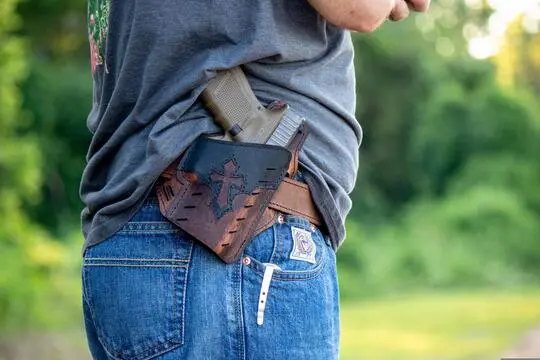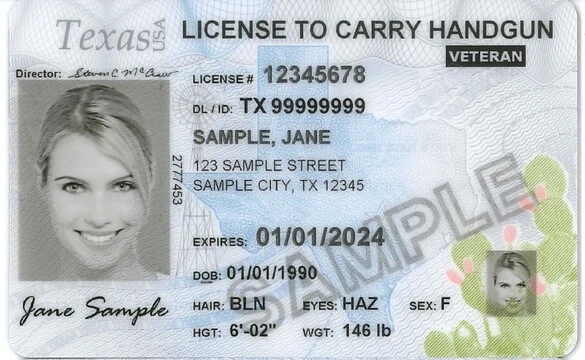
- Written by: Michael Richey
- Category: Practical Firearms Training
The article outlines a 30-round self-defense practice drill developed by Ken Hackathorn, which focuses on teaching individuals the finer points of armed self-defense using a semi-auto pistol (or wheel gun with modifications). The drill involves various scenarios and shooting positions to simulate real-world situations.
Read more: Self-Defense Practice Drill: 30-Round by Ken Hackathorn

- Written by: Michael Richey
- Category: Practical Firearms Training
The phrase "Slow is smooth and smooth is fast," a mantra originating from the elite Navy SEALs, holds profound wisdom for various aspects of training and performance. While it may seem counterintuitive at first, this principle emphasizes the importance of precision, deliberate actions, and the mastery of fundamentals. This article explores the origins, applications, and benefits of adopting this approach in training, with a particular focus on its relevance to firearms training and other high-stakes scenarios.
Read more: Training for Success: Slow is Smooth and Smooth is Fast

- Written by: Michael Richey
- Category: Practical Firearms Training
Dry firing, the act of pulling the trigger on an unloaded firearm, is a widely debated practice among gun owners. This comprehensive guide will explore the concept of dry firing, its benefits, potential risks, and best practices to ensure you get the most out of your dry-fire training without damaging your firearm.

- Written by: Michael Richey
- Category: Practical Firearms Training
When it comes to self-defense, the ability to draw your firearm quickly and effectively can mean the difference between life and death. Drawing from a holster is a skill that requires precision, speed, and proper technique. In this article, we will explore the fundamentals of self-defense drawing from a holster, focusing on the key elements that contribute to a successful draw stroke.

- Written by: Michael Richey
- Category: Practical Firearms Training
As firearms enthusiasts, constantly honing our shooting skills is of utmost importance. In addition to accuracy and marksmanship, one aspect that is often overlooked is the art of reloading. Being able to swiftly and skillfully reload your firearm can make a significant difference in self-defense or competitive shooting scenarios. It not only ensures that you can stay in the fight longer but also allows you to maintain an edge over potential adversaries. In this article, we explore why practicing reloading skills is crucial and provide useful tips to enhance your reload proficiency.
Read more: Why Practicing Reloading Skills is Vital for Firearms Enthusiasts

- Written by: Michael Richey
- Category: Practical Firearms Training
Mastering the art of firearm handling requires not only skill and practice but also the right equipment. One often-overlooked accessory that can significantly impact your shooting experience is a pair of shooting gloves. These gloves offer a multitude of benefits, such as improved grip, protection, insulation, hygiene, and comfort. If you're wondering whether shooting gloves can affect accuracy and trigger control or how to maintain sensitivity and dexterity while wearing them, this comprehensive guide has got you covered. Additionally, we'll explore using shooting gloves in different weather conditions and the best materials to suit your needs.
Read more: Training with Gloves: Enhancing Your Firearm Handling Experience


